Revolutionizing Medicine with Data Intelligence: Giorgio Villani’s Multidisciplinary Approach

Luca Lisci: Pier Giorgio Villani was born in Crema in 1971. During his Chemistry degree, he developed an interest in molecular modeling. His thesis focused on the atomic structure analysis of a mineral using X-rays. Drawn to the human sciences, he pursued a degree in Medicine, followed by a specialty in Anesthesia and Resuscitation. Currently, he works in the Intensive Care unit in Cremona, where, in addition to patient care, he models various aspects of daily practice. With an orientation towards Health Decision Science, he has established collaborations with professors from several Italian universities to bring this vision into daily clinical practice.
Welcome, Giorgio. It’s a pleasure to have you with us. Could you tell us more about your unique journey that combines chemistry and medicine?
Giorgio Villani: Thank you for the invitation, Luca. My academic journey began with a deep passion for chemistry, leading me to explore the world of atomic and molecular structures. Initially, my work focused on modeling atomic structures through X-ray diffraction, reconstructing the position of every single atom within crystals. This experience opened my eyes to the importance of modeling in understanding natural phenomena. Over time, this curiosity evolved into an interest in human biology, steering me towards medicine. During my medical studies, I realized that modeling is not just a practice in chemistry but intrinsically linked to the decision-making process in medicine. Through my work with mathematical models and algorithms in healthcare, I began to see how chemistry and medicine are not isolated disciplines but parts of a continuum that deals with life at different levels. Consequently, the practice of model-building could be transferred from chemistry to medicine.
Luca Lisci: What role does decision science play in modern medicine, in your opinion?
Giorgio Villani: Decision science is crucial in medicine, a fact that became particularly evident during my experience in Lodi-Codogno during the peak of Covid-19 [Giorgio Villani is the doctor who, with the hospital team, saved the “Patient 1 Covid-19”, the famous Mattia from Codogno. n.d.r]. Traditionally, doctors rely on a mix of clinical experience, knowledge of pathology, and statistical data to make decisions. However, as I’ve learned over the years and especially through my interdisciplinary collaborations, decision science offers more sophisticated tools for analyzing and interpreting data, enabling us to provide more personalized and accurate care. With the help of advanced mathematics and computational models, we can better understand the complex mechanisms underlying diseases and their treatments.
My experience in creating mathematical models and algorithms for healthcare, which began during and after the Covid-19 crisis, has shown how crucial the multidisciplinary approach is. The interaction between doctors and data scientists is vital for developing effective solutions. For instance, we have applied this approach to projects like predicting the development of sepsis in hospitalized patients and optimizing the work shifts of medical staff using Operational Research principles. This work demonstrates the enormous potential of Decision Science in healthcare and how it can be used to improve both operational efficiency and patient treatment outcomes.
Luca Lisci: Does this mean a greater individualization in patient treatment?
Giorgio Villani: Exactly, Luca. Every patient is unique, and so should be their treatments. Decision Science helps us move towards this individualization by integrating variables such as the patient’s genetic background, environmental conditions, and even their lifestyles into treatment decisions. This approach is particularly significant in fields like personalized oncology and preventive medicine. The prospects for application are extremely promising. During my work in Cremona, we faced unprecedented challenges in patient treatment. The experience encouraged us to design innovative solutions capable of managing the most terrible events. Today, we can envision Decision Science models to optimize staff shifts and predict the development of critical conditions like sepsis. These assumptions confirm that an approach based on mathematical models and algorithms can indeed significantly transform medical practice, making treatment more effective and personalized. Integrating Decision Science in medicine not only improves patient outcomes but also enables doctors to make the most of available resources, especially in extreme emergency situations like a pandemic.
Luca Lisci: There has been a lot of debate in recent years about Artificial Intelligence in medicine.
Giorgio Villani: AI has enormous potential, especially regarding the analysis of large data sets. However, we must be cautious. AI is excellent at identifying patterns but not always good at interpreting the causality behind these patterns, as clearly evident to me in the “Sepsis Prediction” study I’m working on with Professor Paola Cappanera from the University of Florence and Professor Maddalena Nonato from the University of Ferrara. It’s precisely to address the traditional limitations of AI that Decision Science is applied. In my view, when AI identifies the pattern, it’s Operational Research that provides the context and understanding necessary to interpret AI results in a way that’s useful in clinical practice.
Luca Lisci: This approach really requires a deeply shared approach among the various actors, who are very different from each other. How does the collaboration between doctors and data scientists work?
Giorgio Villani: The key is communication and interdisciplinary training. Doctors need to have a basic understanding of mathematics and computer science, while data scientists need to have a basic knowledge of biology and medicine. Creating interdisciplinary teams that work closely together can help bridge the gap between these disciplines and promote greater collaboration. During my work in Cremona, I closely collaborated with Giovanni Righini, a true expert in Operational Research [Director of the DSA Scientific and Ethical Committee, n.d.r], a collaboration that required tight integration between medical knowledge and mathematical models. This experience has shown how sharing and mutual understanding between different disciplines can lead to innovative and potentially effective solutions in patient treatment and management.
Luca Lisci: Finally, what message would you like to leave for our readers?
Giorgio Villani: My direct collaboration experience with expert operational researchers on modeling projects in healthcare has shed light on all the possibilities of applying Decision Science, from patient care to hospital management. It has become clear that the traditional approach based on statistics is no longer sufficient; we need a more personalized model that considers the patient in their entirety. This is why I truly believe that Decision Science represents the best future for medicine.
Luca Lisci: Thank you, Giorgio, for this enlightening conversation. Your insights are fundamental in understanding the growing importance of Decision Science in the healthcare sector. Your experience shows that this approach is not just a theoretical addition but a practice capable of shaping the future. I am convinced that our community of readers will find your perspective not only educational but also a source of inspiration in an era characterized by rapid changes in the health sector.


